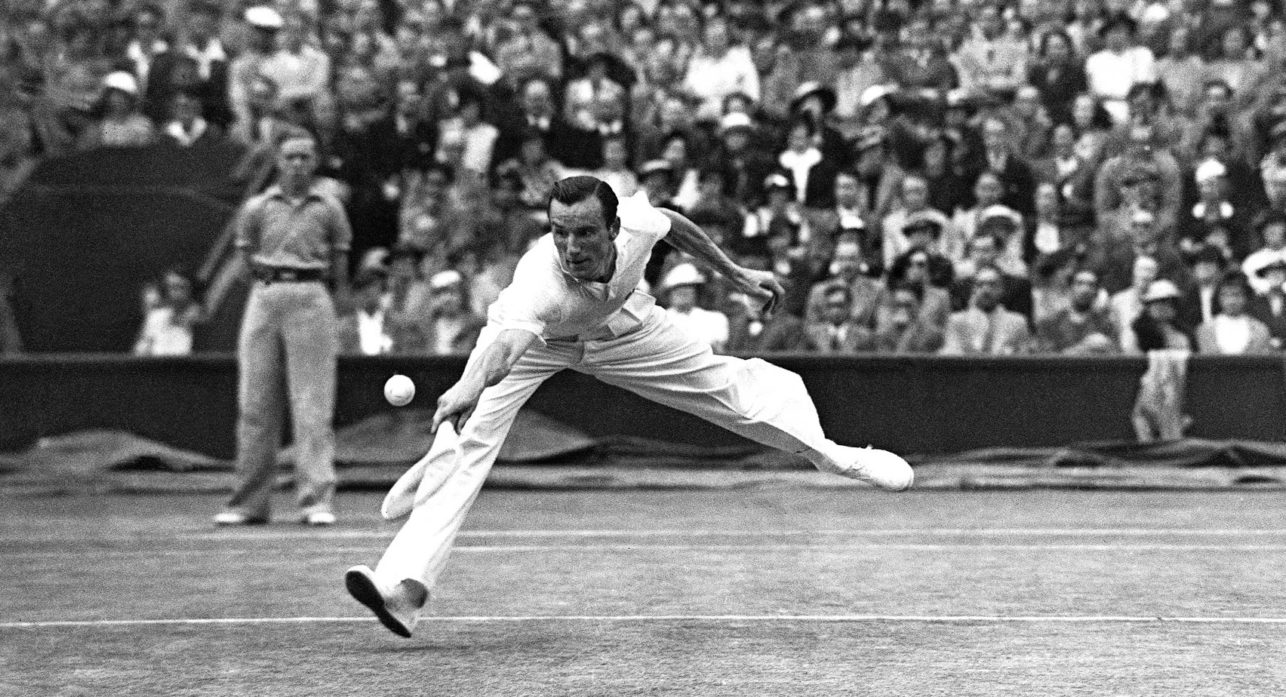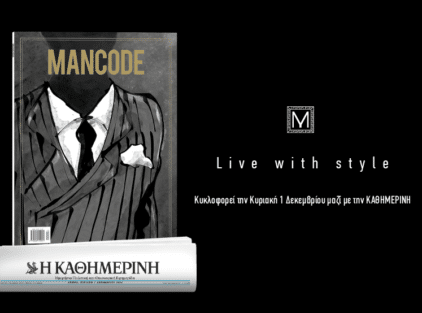Tennis is a sport related to the upper class and on its history timeline, unforgettable moments have been recorded. It has been globally adored, especially in Paris, London, Melbourne, and New York, due to the Grand Slam tournaments. As its effect has not only taken on the sports eagers, there is also an extensive connection with the world of fashion.
Origins:
From the Middle Ages, it is rumored that monks played in the monasteries a sport that resembled tennis. The proven origins of tennis begin in 1856 when Alex Ryder and Joao Batista Pereira played a game they christened “pelota”. The first tennis club (Leamington Tennis Club) was run by Pereira, Dr. Fredericl Hayned, and Dr. A. Wellesley Tomkins in 1874, who drew up the basic rules of the game. The first tournament was recorded at Wimbledon, London in 1877. Immediately, the game was spread to entire Victorian England and Europe by 1881.
Athletes then were competed in wide-legged pants with a double pleat, which elegantly fell over the white sneaker. The long-sleeved shirt was buttoned up to the neck and the women’s dress code complied with total white color, wearing corsets, and skirts in the length of the ankle. The 20th century was a milestone year in the world of sports and Fred Perry and Renè Lacoste played an important role in it.
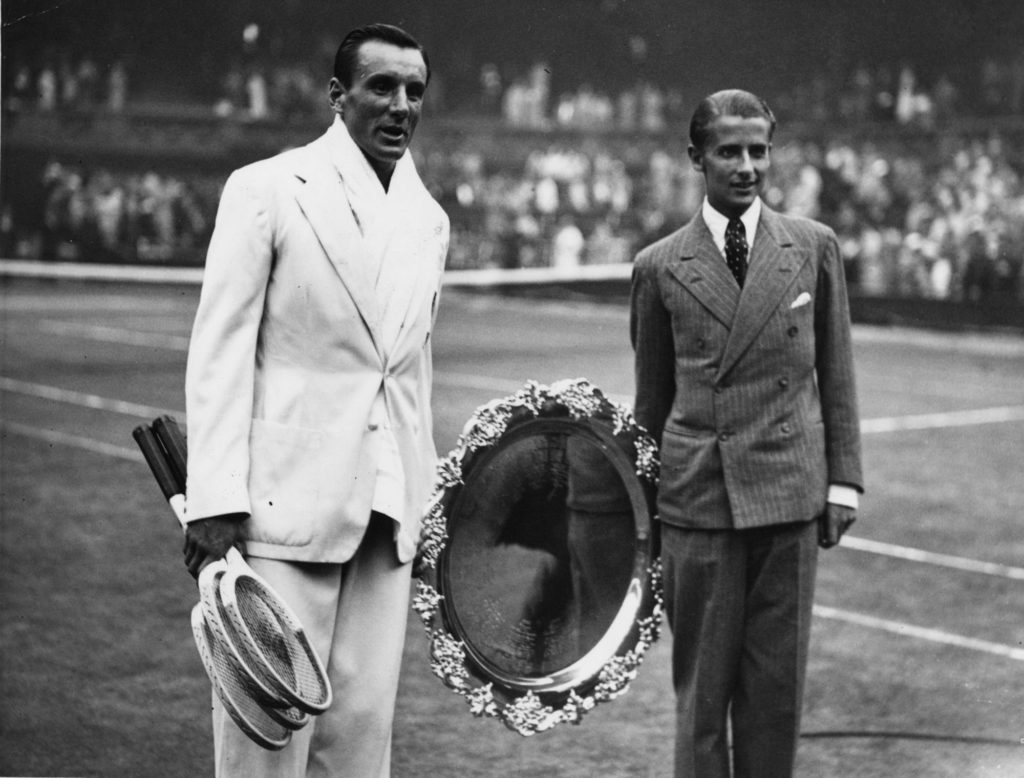
The effect of Fred Perry and Renè Lacoste on tennis:
Although Fred Perry and René Lacoste never met on the court, their respective sportswear brands developed a rivalry as a result of their professional success. René Lacoste is said to have cut the sleeves off his shirt before a match for better movement, explaining that “above all, elegance requires clothes that are adapted to the situation or circumstances,”. The cotton piqué Lacoste polo shirt was born in 1933, and its nickname, “the Crocodile” made for a snappy trademark. Lacoste’s polo shirt quickly took over the world of tennis and three decades later it was released in colors other than white, a garment that was embraced by the upper class of the United States for about half a century.
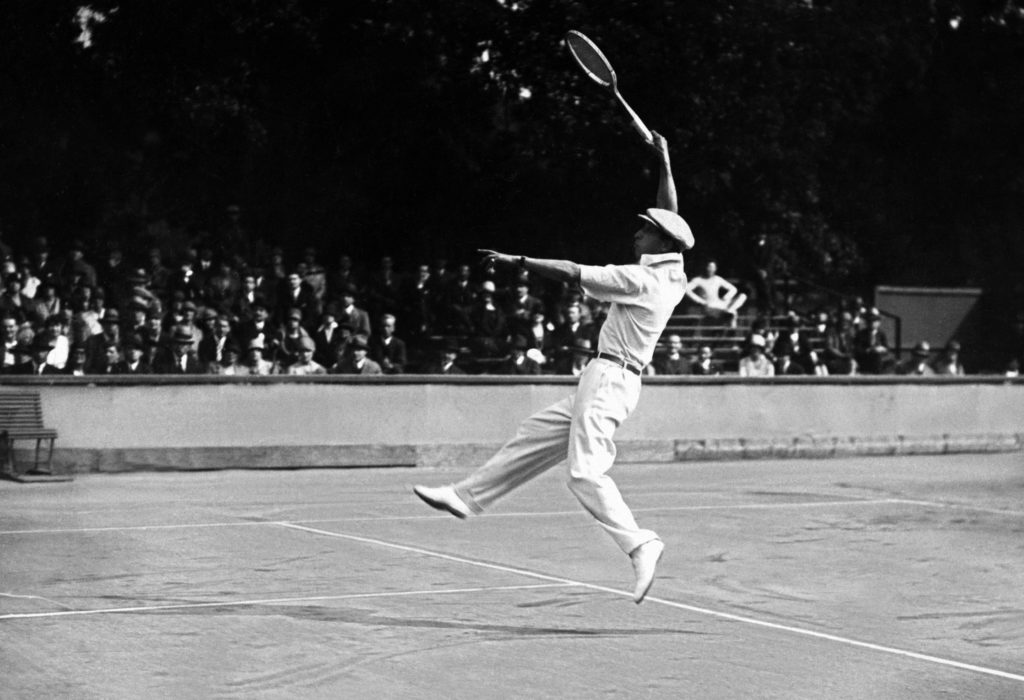
Renè Lacoste.
After wrapping lengths of gauze around his wrist and later monetizing the idea, Fred Perry is credited with inventing the sweatband, and his entrepreneurial spirit translated into the production of his line of polo shirts. The chest laurel wreath logo is instantly recognizable today. Perry, a well-known player in every sense of the word, was easily persuaded and adopted the wreath, the ancient Greek victory symbol. Additionally, to Fred Perry and Renè Lacoste, it is worthy to note the impact of Bunny Austin who wore shorts in almost 1932, but also the influential style of Bjorn Borg with the super short pants and tight polo shirts with the open collars.
In the following decades, tennis gained great popularity and attracted great television and sports coverage. So, for the convenience of the TV audience, the black or white tennis ball was replaced with a neon green color, and the players’ white uniforms were renewed with pastel colors.
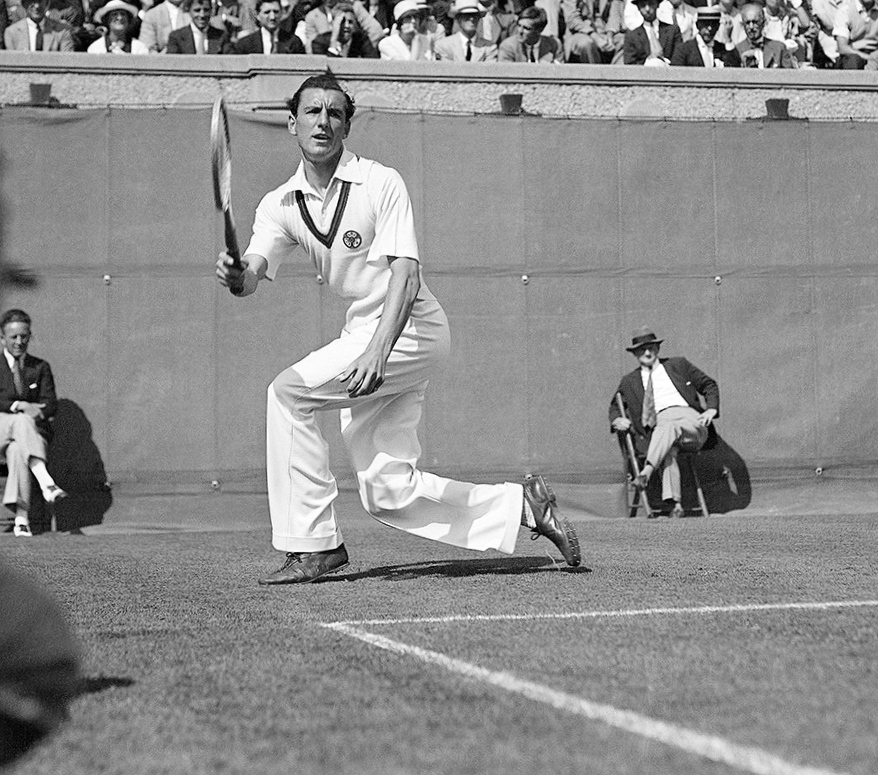
Tennis today:
Today, the dress code on the tennis court and the players’ appearances, have been adapted to fashion trends, both for men and for women players. Anna Kournikova and Maria Sharapova have both become famous for their talent but also their fashion choices on the court. Kournikova preferred short, tight, and bikini-inspired clothing, while Sharapova designed all of her outfits, adding elements from menswear and Swarovski crystals. There is no denying that the world of tennis has been constantly changing and increasingly gaining more fans worldwide.
